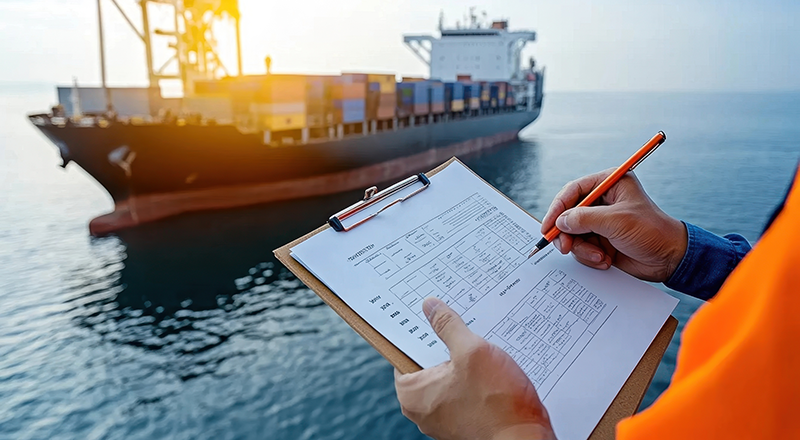
When building a modern logistics tech stack, one question comes up again and again:
Should we start with a Transportation Management System (TMS) or implement Freight Audit & Payment first?
It’s a valid question — and an important one. Both tools are essential. But the order in which they’re implemented can significantly impact how useful your logistics data really is.
Let’s break down the difference between TMS and Freight Audit, why the sequencing matters, and how companies can build a more intelligent and cost-effective supply chain by starting with freight audit as the foundation.
What’s the Role of a TMS?
A Transportation Management System is designed to help companies plan, execute, and optimize the movement of goods. Key TMS features include:
- Load planning and optimization
- Carrier selection and tendering
- Shipment tracking and visibility
- Performance monitoring
- Freight settlement support
TMS platforms are powerful orchestration engines — but they rely heavily on clean, accurate data to work effectively.
What’s the Role of Freight Audit & Payment?
Freight Audit & Payment (FAP) validates every transportation invoice to ensure accuracy and compliance. It detects:
- Rate discrepancies
- Duplicate invoices
- Incorrect accessorial charges
- Missing or late fees
- Carrier billing errors
But more importantly, it captures granular invoice-level data — which becomes your single source of truth across carriers, modes, and geographies.
The Problem with Starting Only with TMS
Many companies start by implementing a TMS to streamline operations — and only later realize that their reporting, analytics, and carrier performance data is… flawed.
Why?
Because TMS platforms are only as smart as the data they’re fed. If your rates, accessorials, and invoice data aren’t accurate, your TMS:
- Makes suboptimal routing decisions
- Misrepresents total landed cost
- Can’t track contract compliance
- Underperforms in negotiations
Without freight audit feeding your TMS, your transportation engine is flying blind.
Why Freight Audit Should Come First?
Freight audit gives you clean, validated data that can be used to:
- Build accurate routing guides
- Feed real-time cost data into TMS optimization tools
- Track actual vs. expected carrier performance
- Benchmark rates and forecast spend
- Improve claims and dispute resolution
Think of FAP as your logistics truth engine. It ensures that what you plan in your TMS actually reflects what’s happening in the real world.
A Modern Logistics Stack: Built on Audit Data
Here’s what a forward-thinking logistics tech stack looks like:
- Freight Audit & Payment (FAP)
Clean, validated data layer - Transportation Management System (TMS)
Execution and planning tool that consumes accurate data - Advanced Analytics
Actionable insights, forecasts, and continuous improvement loops - Procurement & Optimization
Carrier negotiations and routing strategies based on historical truths
How nVision Global Powers the Full Stack?
At nVision Global, we don’t believe in siloed systems. Our Freight Audit & Payment platform seamlessly integrates with your TMS, delivering:
- 200+ audit point validations
- Real-time cost and performance data
- Multi-mode and multi-region visibility
- Full automation and global compliance support
Whether you already have a TMS or are just building your tech stack, we make sure the foundation — your data — is rock solid.
Ready to build a smarter logistics stack?
Start with freight audit. Everything else gets better from there.